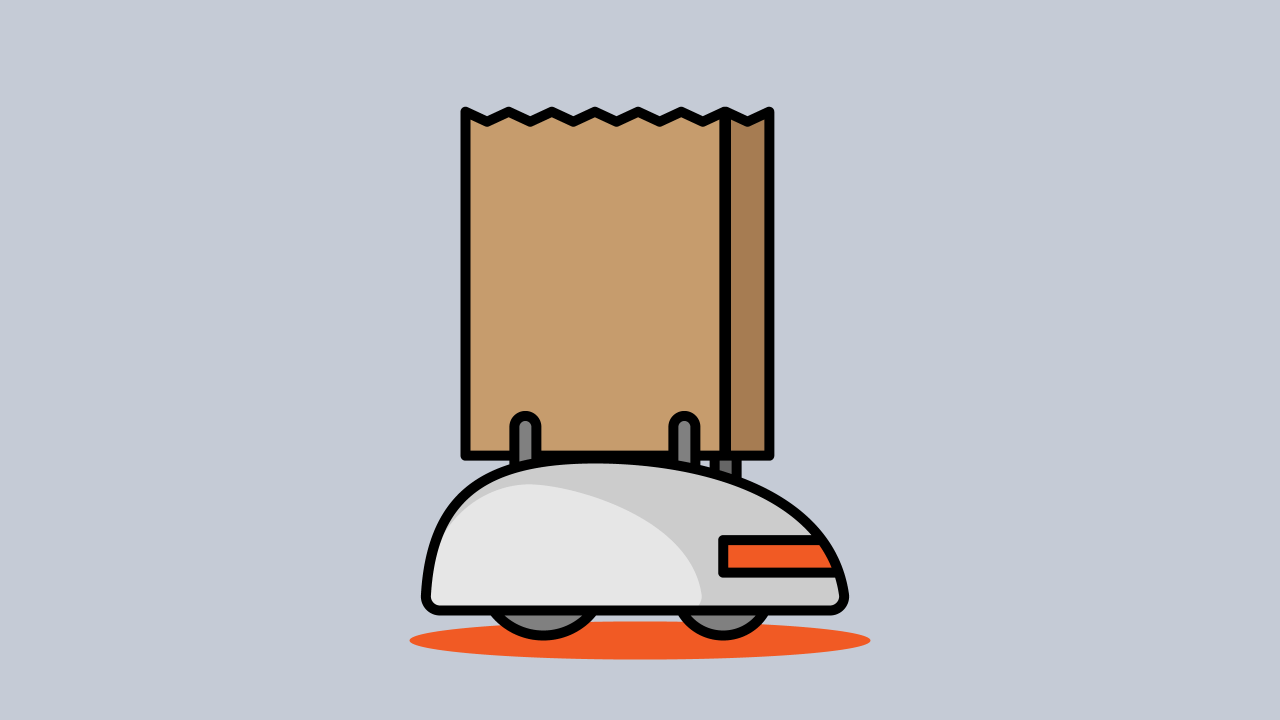The initial foray into room-service robots at a hotel in Silicon Valley could have been just a novelty—a high-tech gimmick to impress guests. However, this innovative deployment marked the advent of a more profound transformation in automation. The notion that these little companions could deliver toothpaste or towels opens a Pandora’s box of possibilities, signaling the beginning of a brand-new industrial landscape. As we delve into the shift towards autonomous machines, we discover a range of exciting applications and the technology driving this revolution.
The Rise of Vertically Integrated Robots
Robots like those from Savioke have demonstrated that when a general-purpose computer chip is coupled with high-resolution sensory abilities, we witness the birth of a brand-new industry. These vertically integrated, application-specific robots have transitioned from mere concepts into fully functional entities capable of effectively managing repetitive tasks while remaining available around the clock.
- Autonomous Weed Control: Think of a robot capable of identifying and autonomously removing weeds in a field while minimizing crop damage.
- Assistance for Seniors: Imagine robotic companions able to fetch items for elderly shoppers in grocery stores, adapting quickly to changes in item placements.
The common thread among these applications is the efficiency and lower cost at which these robots can operate, compared to their human counterparts. Advances in technology have paved the way for a wave of devices designed to work independently across hospitality, retail, and logistics sectors.
Breaking Down Barriers with Advanced Technologies
The transition from basic automation, like the Roomba vacuum cleaner launched in the early 2000s, to state-of-the-art robotic solutions, arose from significant technological advancements. Historically, achieving nuanced environmental awareness involved pricey machine vision systems. Today, breakthroughs have led to the availability of high-quality 3D cameras that can significantly enhance a robot’s situational awareness.
When these cameras are paired with faster processors and sophisticated machine-learning algorithms, robots can be programmed with:
- Gesture recognition capabilities
- Navigation skills to handle common obstacles
- Cultural cues distinguishing appropriate behaviors, such as respecting personal space in bustling environments
Diverse Applications of Autonomous Technology
The realm of applications for these advanced robots extends far beyond simple tasks. Consider the logistics and delivery industries: companies like Starship Technologies have made great strides using autonomous robots for grocery deliveries in urban settings such as Washington, DC. Similarly, Aethon’s TUG robots have traveled over one million miles in hospital corridors, demonstrating the versatility of robotics in varying operational landscapes.
These innovations are not limited to commercial sectors; agriculture is also benefiting from ongoing advancements. For instance, GRoboMac in India is engineering specialized machinery for efficient cotton harvesting, leveraging machine learning and high-resolution imaging to improve productivity.
Redefining Boundaries with Real-Time Data Processing
Imagine a world where drones equipped with superior camera technology can navigate cities, avoiding obstacles with pinpoint accuracy while delivering packages. If emergency vehicles require airspace clearing, these drones could autonomously alter their paths, thanks to real-time data processing.
Furthermore, robots can also conduct environmental monitoring missions that were once implausible. For example, rugged robots can explore extreme conditions such as volcano craters or polluted rivers, armed with historical data and intelligent algorithms to identify risks before they become critical issues. The environmental and agricultural sectors are set to experience seismic shifts with these technological enhancements.
Conclusion: A Robot-Enhanced Tomorrow
The room-service robots we initially encountered are merely a glimpse into the expansive potential that lies ahead. With the synergy of 3D imaging, real-time data processing, and machine learning, the scope for innovation in robotics is boundless—from autonomous deliveries and retail applications to environmental monitoring and agriculture. As we embrace this shift and explore more advanced solutions, we are on the brink of fundamentally augmenting industries and improving lives.
At fxis.ai, we believe that such advancements are crucial for the future of AI, as they enable more comprehensive and effective solutions. Our team is continually exploring new methodologies to push the envelope in artificial intelligence, ensuring that our clients benefit from the latest technological innovations. For more insights, updates, or to collaborate on AI development projects, stay connected with fxis.ai.

